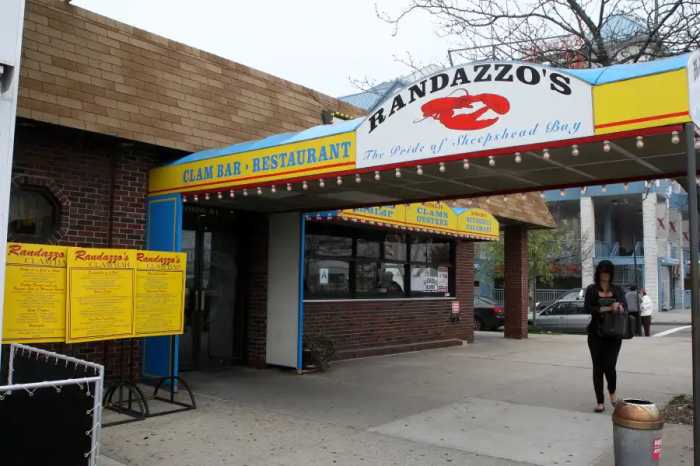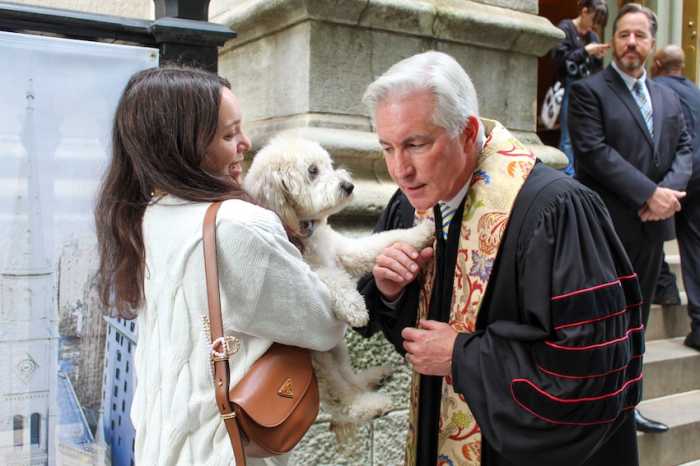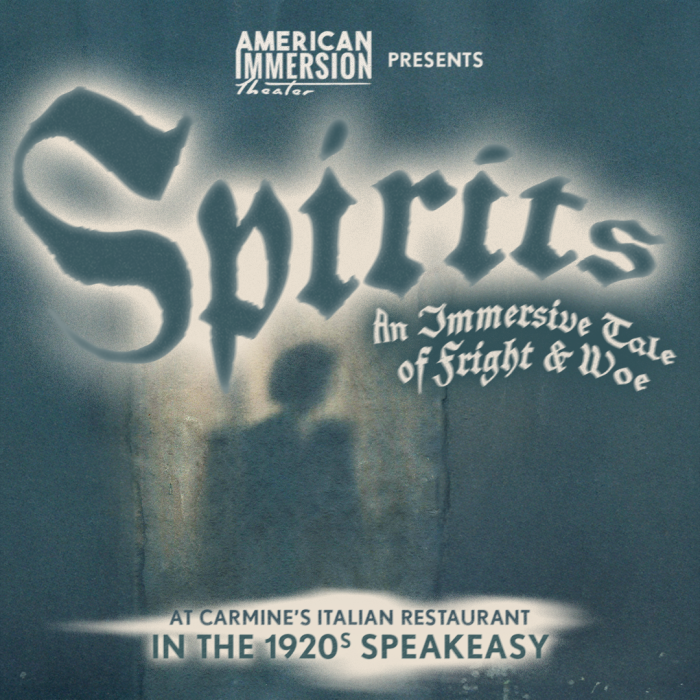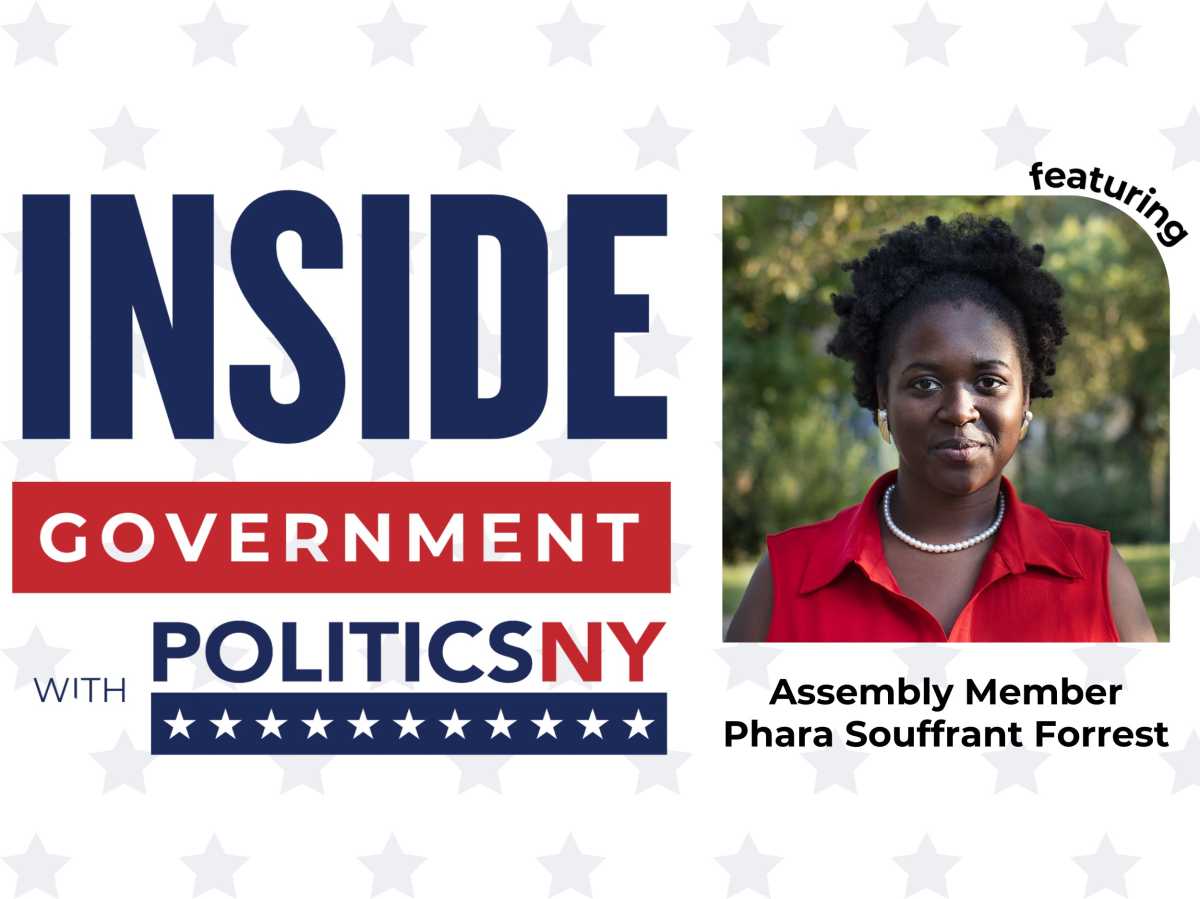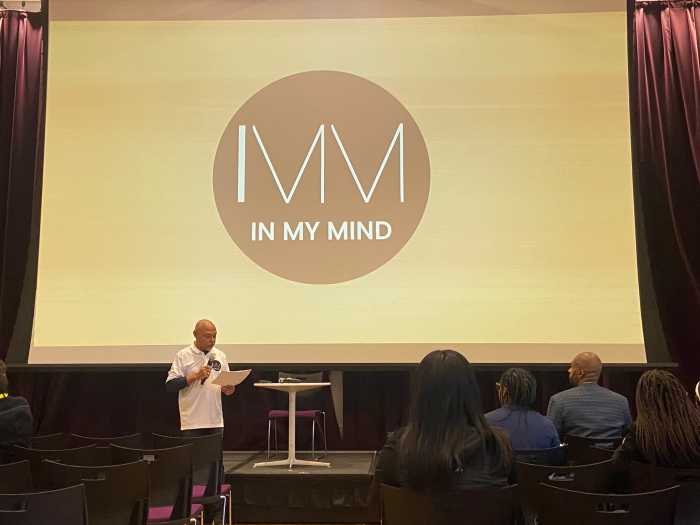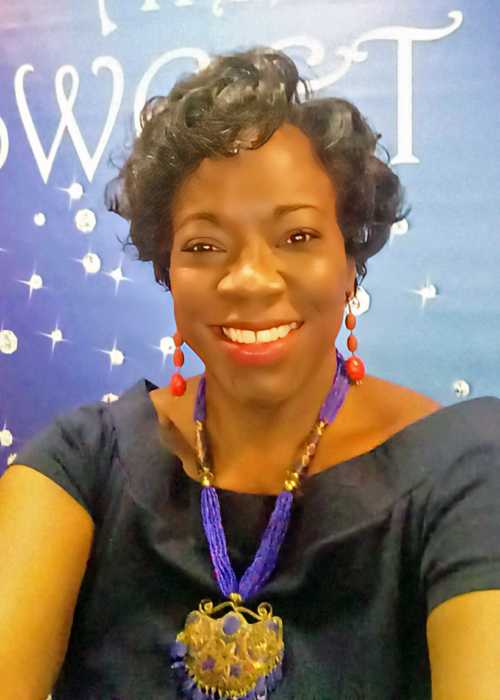A common theme is emerging from a series of meetings between the planners
of Brooklyn Bridge Park and civic leaders from the neighborhoods in which
the 1.3-mile waterfront development would sit — a call for the public’s
voice to be heard.
Thirty or so civic and neighborhood leaders from DUMBO, Brooklyn Heights,
Vinegar Hill, Cobble Hill, Boerum Hill and Carroll Gardens met Jan. 27
for the latest in a series of private “planning sessions” organized
by the Brooklyn Bridge Park Development Corporation (BBPDC), this one
focused on uses on and around Pier 6.
But many of the park advocates in attendance complained that the public
was being ignored by the lead designer of the plan, Michael Van Valkenburgh,
and by Wendy Leventer, president of the publicly funded entity that is
charged with creating the park.
Saying they could not speak for all of their members the community representatives
noted that because the new plans barely resemble the park plan put forth
in 2000, a series of planning sessions, open to the public like those
held in 1999 and 2000, should be offered.
Interspersed among the neighborhood representatives were at least nine
board members and employees of the Brooklyn Bridge Park Conservancy, a
not-for-profit advocacy group that fought for two decades to set the plan
in motion, who cautioned dissenters that the housing was the only primary
revenue source large enough to support the park and that to veto the idea
could mean the plan’s demise.
But the hard-hitting discussion about lack of community accountability
wasn’t swayed by images of families sunning themselves, playing beach
volleyball or picnicking under thatched-roof pavilions which were depicted
on poster-sized renderings around the Manhattan studios of lead park designer
Michael Van Valkenburgh.
“I can’t take this into my meetings,” said Murray Adams,
president of the Cobble Hill Association. “I’m not in a position
to speak for the entire community of Cobble Hill.”
Nancy Bowe, president of the Brooklyn Heights Association, agreed with
Adams, adding, “In Brooklyn Heights, people have all different views
of this plan.” She said many relied upon “crazy rumors”
and hearsay as their source of information because the BBPDC had not yet
held a public meeting on the plan.
A Feb. 10 town hall-style meeting hosted by Community Boards 2 and 6,
in which the park designs were to be presented to the public, was cancelled
last week. That meeting has been rescheduled to 6:30 pm on Tuesday, Feb.
22, at Polytechnic University, 7 Metrotech Plaza.
“I would like to suggest we hold up on certifying the environmental
impact study,” said Roy Sloane, a Cobble hill resident and member
of the Citizen’s Advisory Committee to the BBPDC. “The bottom
line is we cannot have a meaningful conversation about Pier 6 if the representatives
of [Community Board 6] are not here.”
CB6 includes Cobble Hill, which will feel the impacts of any decision
made on the Atlantic Avenue gateway to the park, where the large-scale
housing is planned. Craig Hammerman, district manager of CB6, confirmed
that the board had not yet been invited to look at the plans.
Sandy Balboza, president of the Atlantic Avenue Betterment Association,
argued that they still hadn’t been told why the housing was needed.
“When we came here last time we had questions then, and they’re
not getting answered,” she said. “Now we’re asking questions
again, and so far we’re not getting any answers.”
Howard Graubard, a former aide to state Sen. Martin Connor, said, “The
plans that we’ve seen here have taken a surprise turn from what we
saw in 2000. We went through a great open and public process that the
community participated in — this is a far different plan. I understand
this might be financially viable, but I want to see justification.
“But we have to be open to any options that come forth as a result,”
he added.
“Would offering options give a more inclusive feeling?” asked
Van Valkenburgh.
“It’s not about feeling inclusive, it’s about being inclusive,”
replied Graubard.


